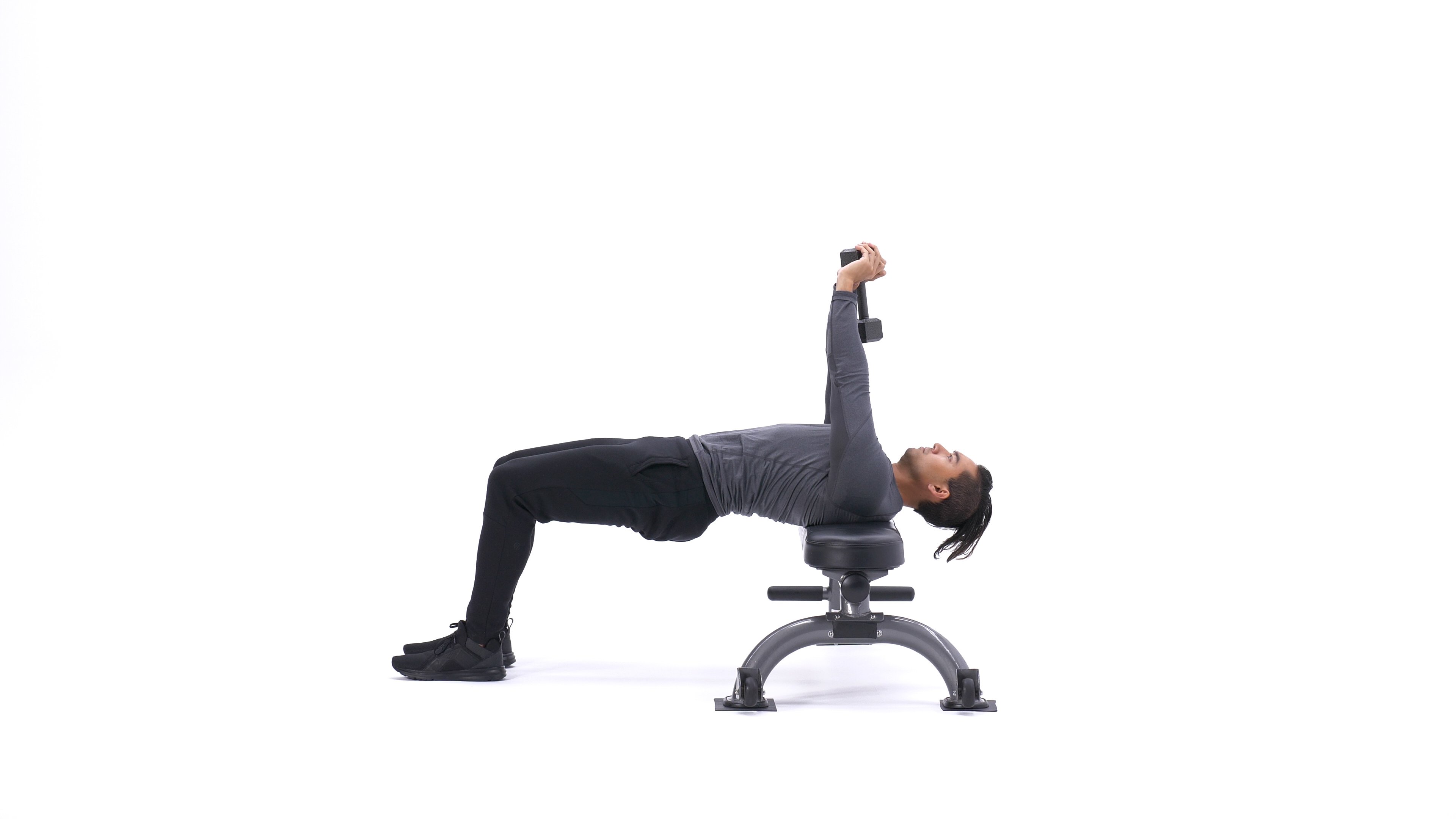

This comparison becomes important since both exercises present similar joint movements, but different emphases in relation to the range of motion. On the other hand, no study was found comparing PM and LD for PW exercise. Several studies have reported greater myoelectric activation of the PM when compared to the LD for the PO exercise in dynamic contractions. Pullover (PO) and Pulldown (PW) are single-joint exercises ( 11) and present a similar shoulder joint movement during dynamic contractions (extension: concentric phase and flexion: eccentric phase), however, based on the mechanical characteristics of each exercise, such as the level of force per joint angle, these two exercises might stimuli the same muscles groups differently, including the latissimus dorsi (LD), posterior deltoid (PD), pectoralis major (PM), anterior deltoid (AD), and the long head of the triceps brachii (LTB) ( 7). In this way, different exercises can be used to move specific joints, activate specific muscle groups, and produce different levels of force. The exercise choice is based on movement specificity and it takes into account factors like the number of joints, range of motion, prime movers, level of balance, type of routine, frequency, periodization phase, etc ( 10). RPE was not affected.Īmong resistance training (RT) variables, exercise choice is one of the most important factors to develop muscle mass, strength, or muscular endurance ( 15). The study concludes that specific shoulder joint positions affect PF production and iEMG during both exercises. For RPE, there were no significant differences between exercises and joint positions. There was no significant interaction between exercises and joint positions.

For iEMG PD, there was a significant main effect for joint positions ( p < 0.001). For iEMG LD, there was a significant main effect for joint positions ( p < 0.001). There was a significant interaction between exercises and joint positions ( p < 0.001). For iEMG PM, there was significant a main effect for joint positions ( p < 0.001). For PF, there were significant main effects for exercise and joint positions ( p < 0.001). The myoelectric activation (iEMG) from pectoralis major (PM) latissimus dorsi (LD) posterior deltoid (PD), and PF were measured. The participants performed three maximal voluntary isometric contractions for each exercise at five shoulder joint positions. Fifteen young, healthy, resistance-trained men were recruited. The aim of the present study was to compare the myoelectric activation and peak force (PF) between pullover (PO) and pulldown (PW) exercises in different shoulder joint positions during maximal isometric contractions (0o, 45o, 90o, 135o, and 180°).


 0 kommentar(er)
0 kommentar(er)
